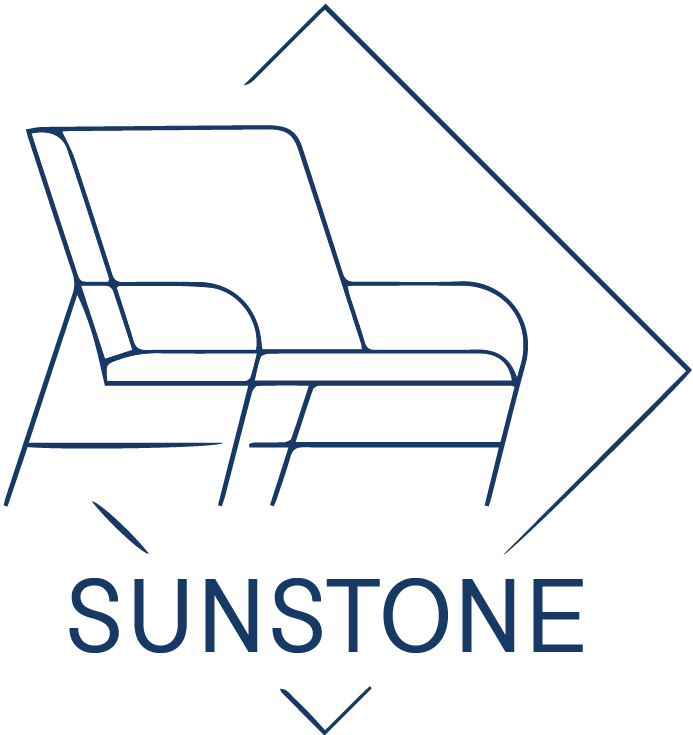How To Make Outdoor Tables
Outdoor Tables are the centerpiece of any patio, garden, or rooftop lounge. They bring people together for dining, conversation, and relaxation. While many homeowners enjoy purchasing ready-made designs, understanding how outdoor tables are made reveals the craftsmanship, engineering, and materials that ensure strength and durability through every season.
At Sunstone Outdoor, our tables are not simply furniture pieces — they are precision-built systems designed for performance in all climates. This article explores how quality outdoor tables are made, from material selection to assembly and finishing.
Table of Contents
- 1. Step One: Choosing the Right Materials
- 2. Step Two: Designing for Function and Space
- 3. Step Three: Frame Fabrication
- 4. Step Four: Attaching the Tabletop
- 5. Step Five: Finishing Touches and Quality Testing
- 6. Step Six: Assembly and Maintenance for Users
- 7. Why Sunstone Outdoor Tables Stand Out
- Conclusion
1. Step One: Choosing the Right Materials
The foundation of any durable outdoor table begins with its materials. Sunstone Outdoor uses high-grade aluminum, stainless steel, and tempered glass for superior weather resistance and longevity.
Metals
Aluminum is lightweight, rust-proof, and easy to shape into modern forms.
Stainless steel (especially 304 or 316 grade) offers excellent corrosion resistance and load-bearing capacity.
Tabletop Options
Tempered glass provides transparency, modern aesthetics, and safety.
Ceramic or stone tops offer scratch resistance and visual texture.
Composite or HDPE materials resist moisture, fading, and cracking.
Every material is selected to balance design appeal with mechanical performance. This ensures each table can handle heat, humidity, and sunlight without warping or rusting.
2. Step Two: Designing for Function and Space
Outdoor tables come in multiple configurations — dining, bar, coffee, and fire-pit. Each serves a unique purpose and is engineered accordingly.
Dining Tables emphasize legroom, stability, and generous surfaces for meals.
Bar Tables are built taller (around 40–42 inches) for standing or stool seating.
Coffee and accent tables are compact and low, designed for lounge areas.
Fire-pit tables integrate gas systems or burners with safe, heat-resistant surfaces.
At Sunstone Outdoor, design teams use 3D modeling software to optimize dimensions, stability, and weight distribution. Each piece is modular, meaning tables can be grouped or combined with matching cabinets, grills, or storage units.
3. Step Three: Frame Fabrication
The metal frame is the structural backbone of every table. Sunstone engineers use precision cutting, TIG welding, and CNC machining to ensure perfect fit and strength.
After assembly, the frame undergoes a powder-coating process — an electrostatic finish baked at high temperature to create a smooth, weather-resistant surface. This coating not only protects against rust and UV exposure but also allows for color customization in matte, gloss, or textured finishes.
Each frame is inspected for alignment and structural integrity before the tabletop is added.
4. Step Four: Attaching the Tabletop
Tabletops are carefully mounted to the frame using concealed brackets or stainless bolts to maintain clean lines. For glass or ceramic tops, shock-absorbing gaskets are inserted between the surface and frame to prevent vibration and cracking.
Fire-pit tables include gas fittings, ignition systems, and ventilation channels, all tested for safety. Every connection is checked against international safety standards before final assembly.
5. Step Five: Finishing Touches and Quality Testing
Before packaging, each table passes through multiple quality control stages:
Surface inspection for coating uniformity and color accuracy.
Load testing to confirm structural strength and weight capacity.
Weather simulation for corrosion, UV, and water resistance.
Safety validation for tempered glass and fire-pit components.
Only after meeting SGS and ISO certification standards are tables approved for shipment. This meticulous process ensures that every Sunstone Outdoor product reaches customers in flawless condition.
6. Step Six: Assembly and Maintenance for Users
For customers who prefer a DIY approach, assembling a Sunstone table is straightforward:
Place the frame on a level surface.
Secure tabletop components using provided fasteners.
Tighten screws gradually for even support.
Apply protective covers or accessories as desired.
Routine maintenance is minimal — simply wipe with mild soap and water, avoid harsh chemicals, and cover during off-season storage.
7. Why Sunstone Outdoor Tables Stand Out
While many brands focus only on appearance, Sunstone Outdoor integrates design, technology, and material science into every table. Our production emphasizes:
Modular architecture for flexible layouts.
Durable aluminum and stainless-steel frames.
Eco-friendly powder-coating and recyclable materials.
Certified safety and long service life.
This dedication to engineering excellence makes Sunstone a preferred choice for homeowners, designers, and resorts seeking professional-grade outdoor furniture.
Conclusion
Making a high-quality outdoor table involves more than assembly — it requires understanding material properties, precision craftsmanship, and environmental endurance. From aluminum fabrication to surface finishing, every stage determines how well the table performs outdoors.
At Sunstone Outdoor, we perfect each of these steps to produce tables that combine modern elegance with exceptional strength. Whether for residential patios or commercial venues, our products represent the best in design and durability.
Explore the full collection at Sunstone Outdoor Tables — where innovation meets craftsmanship for a lifetime of outdoor enjoyment.

